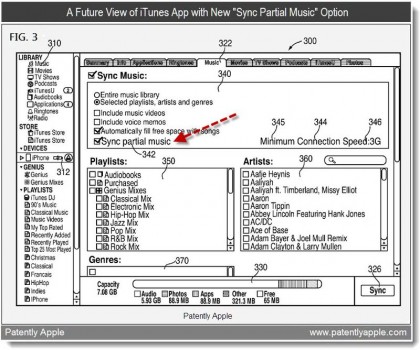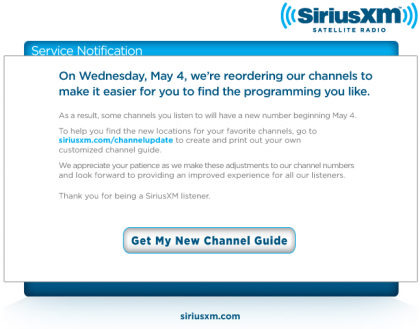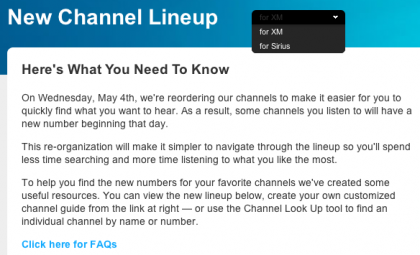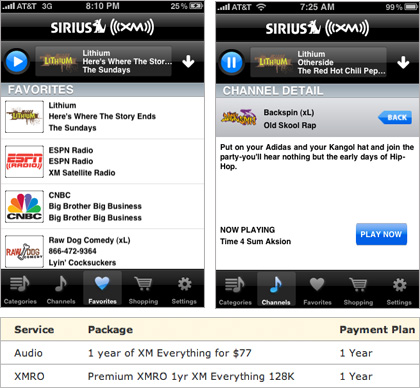In the last decade we’ve seen the launch of the iPod, satellite radio, and streaming music services on the Internet. But as great as those innovations have been, they haven’t always made life easy for consumers. iPods brought with them the inflexible iTunes marketplace and DRM lock-in, satellite radio added in another monthly fee with no music ownership option, and Internet radio requires (shockingly) an Internet connection. The result is that most of us cobble together our own listening system – part CD, MP3, and radio, and entirely dependent on where we are, and what service or hardware we have access to.
Thanks to the cloud, that’s all about to change. In theory, we’ll soon all have access to everything, everywhere we go. And in practice, the shift has already started to take place. Here’s a look at where music is headed.
To the Cloud

It’s been an interesting few months for cloud music services. First, Amazon launched its Cloud Drive service, offering users a space to store digital music files and play them back on the web or Android devices. Then came Google Music, a very similar offering, though one still in invitation-only beta at the moment. And finally, word has circulated in the last week that Apple is set to launch its own music service – with the one critical difference that it’s sewing up licencing deals with the major labels first. With licensing agreements in place, Apple will be able to help users avoid uploading an entire library of music, and instead scan and match any owned titles with copies already available in the cloud.


